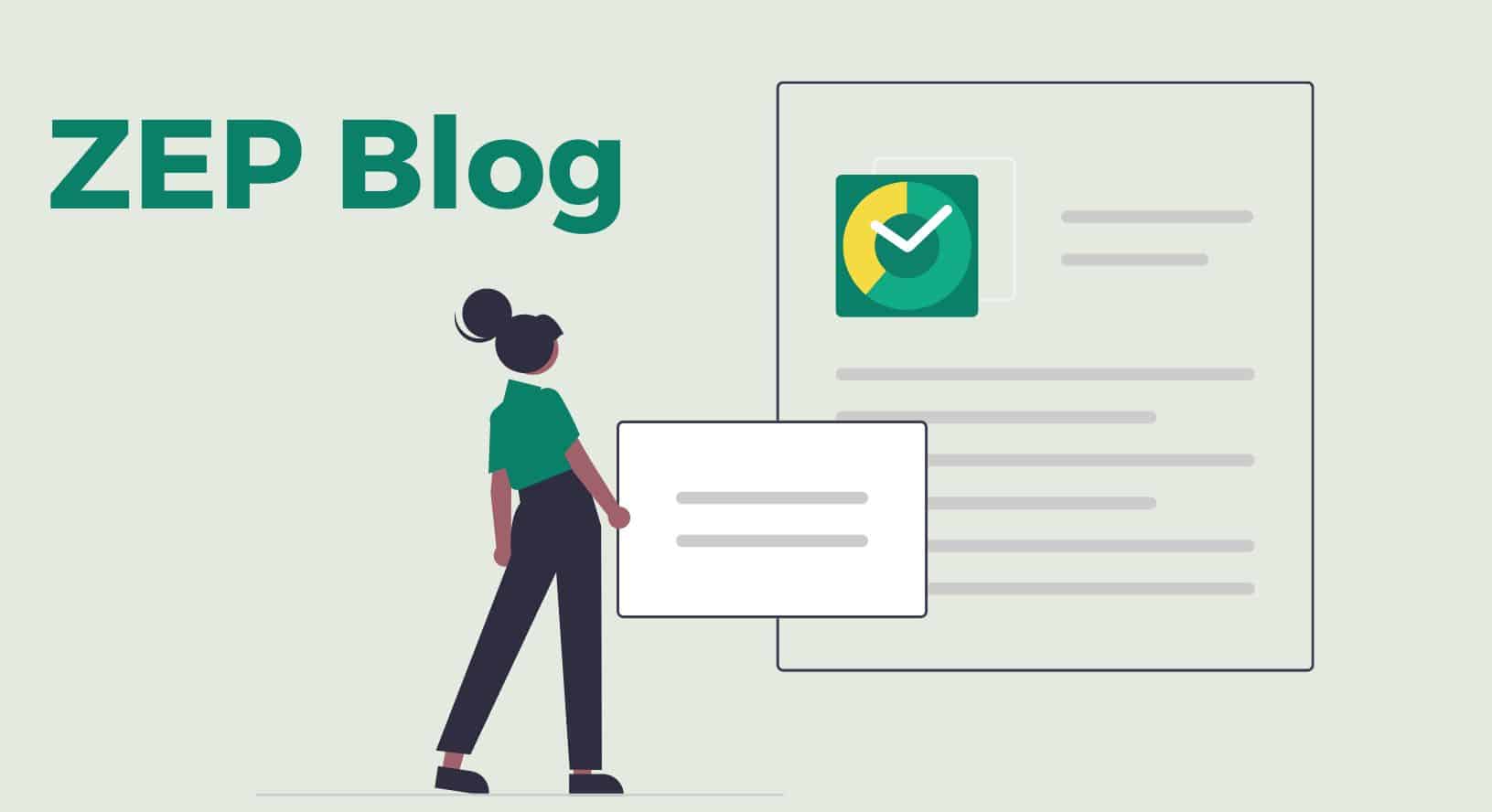Operating in the cloud computing model, as with the ZEP time recording solution, offers business advantages and is increasingly preferred by small and medium-sized enterprises.

"The cloud can be expensive!" was the headline on heise.de at the beginning of June and thus put an end to the statement, which is often used by providers in particular, that the purchase of IT systems and applications as a cloud service is usually cheaper than operating them in one's own company. In IT jargon, this is often referred to as "in-house" or "on-premise" operation.
As reasons for the "cost explosion" in cloud computing, the Gartner analyses quoted in the heise.de article see that the "flexibility of cloud use leads to overkill in use." This means that if new cloud services can be booked easily and quickly at the click of a mouse, the user also takes advantage of this and forgets that with every mouse click the costs also increase. Trust is good, control is better, is therefore the advice of the market researchers.
When deciding on ZEP - Time Recording for Projects, companies are also generally faced with the decision of using the solution in on-premise operation or as a cloud service. In the first case, they then purchase a corresponding licence from ZEP and install it on-site in the company on the company's own IT infrastructure. When operating as a cloud service, the employees access an instance of ZEP installed in the provantis data centre. For the end user, nothing changes at first.
Because regardless of the operating model, he can use ZEP web-based at any time. He accesses the time recording solution via a common browser or the corresponding app from his internet-capable end device (PC, notebook, iPhone, smartphone, tablet, etc.) and records his project times there. The employees responsible for the accounting of project times or the project management and the management in project controlling can also work web-based and do not have to install any software on their PC or notebook.
So let's move on to the costs. In principle, when comparing costs between on-premise operation and cloud use, a distinction must be made between two cost blocks: the direct and the indirect costs. The main difference between them is that the direct costs are usually precisely quantifiable, whereas the indirect costs are difficult to calculate, as they mainly arise from cost savings.
In the case of direct, calculable costs, the following cost items must be compared:
Depending on the size and type of company, this cost comparison will turn out very differently in practice for each company. We often find that companies like to "cheat" when calculating on-premise costs, according to the motto: "The IT infrastructure is there anyway!" This may be true in principle, but the acquisition of a new software application such as ZEP naturally increases the degree of utilisation of the existing IT, which usually leads at least to higher operating and administrative costs. New investments in additional hardware may also be necessary.
The second cost block, the indirect costs, are, as already mentioned, much more difficult to calculate in practice and thus also more difficult to compare.
They consist, for example, of the relief for the IT department, which does not have to take care of the solution in the cloud computing operating model - the cloud service provider is responsible for this - and can use the time thus gained for more important tasks. However, calculating this time gain in "pennies and nickels" will not always be easy. Similarly difficult to quantify are the so-called self-help and friendship-help, when the employee struggles through the operating instructions himself or annoys the IT manager for the umpteenth time with the question: "Can you please have a quick look, something is not working ...". In the cloud computing model, these tasks are clearly regulated: The responsibility for this lies with the provider, in our case the ZEP support team.
It is hardly conceivable that the "cost explosion" described at the beginning will occur with the cloud version of ZEP. The billing per user per month implies that only what is used is paid for. And if fewer users are needed, the unused accounts can be cancelled at the end of the month.
This also applies to the additional modules for ZEP such as invoicing, travel expense accounting or project controlling. The greatest possible cost transparency is therefore guaranteed. But of course the same applies here: Trust is good, control is better.
Conclusion: From experience so far, it can be said that operating in the cloud computing model also makes more sense from a business point of view when ZEP is used over a longer period of time. In addition, the non-monetary advantages such as not having to worry about operation and always being able to work with the current software version without having to worry about updates and upgrades, are of course "compelling". The fact that small and medium-sized enterprises in particular are tending more and more towards the cloud is also evident in ZEP use. Whereas in the "early years" of ZEP on-premise operation and cloud use balanced each other out, new customers now opt almost exclusively for cloud use.
This confirms for example Sandra Gröning from the company PIM-Consult: "As a consultancy in the IT environment, we now belong to the 'Generation Cloud' and actually run all our software applications in the cloud." Holger May from the Tedesio company adds: "We thought through both operating models very carefully in advance. In the end, we decided in favour of the cloud service, as this meant that we could immediately use a ready-made product that fulfilled all the criteria without additional installation and implementation work as well as additional investments. Individual customisations were still possible.


Read article ↗

How can you strengthen your employer brand and attract the best talent? Discover 11 effective employer branding measures that will help you stand out from the competition and optimise your recruitment strategy.
Read article ↗
We answer your questions quickly & competently. Contact us by phone or email.
+49 7156 43623-0 or contact form